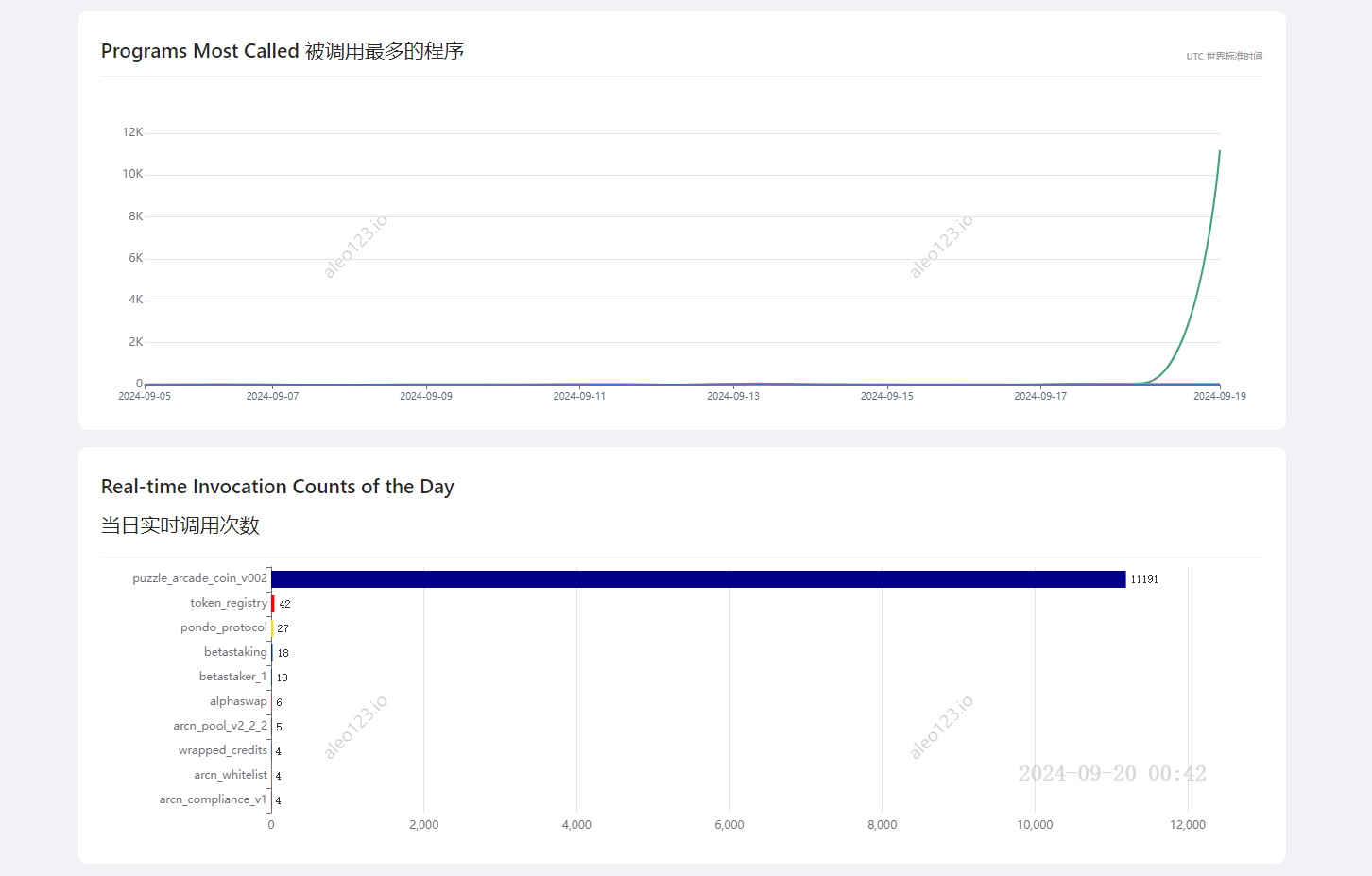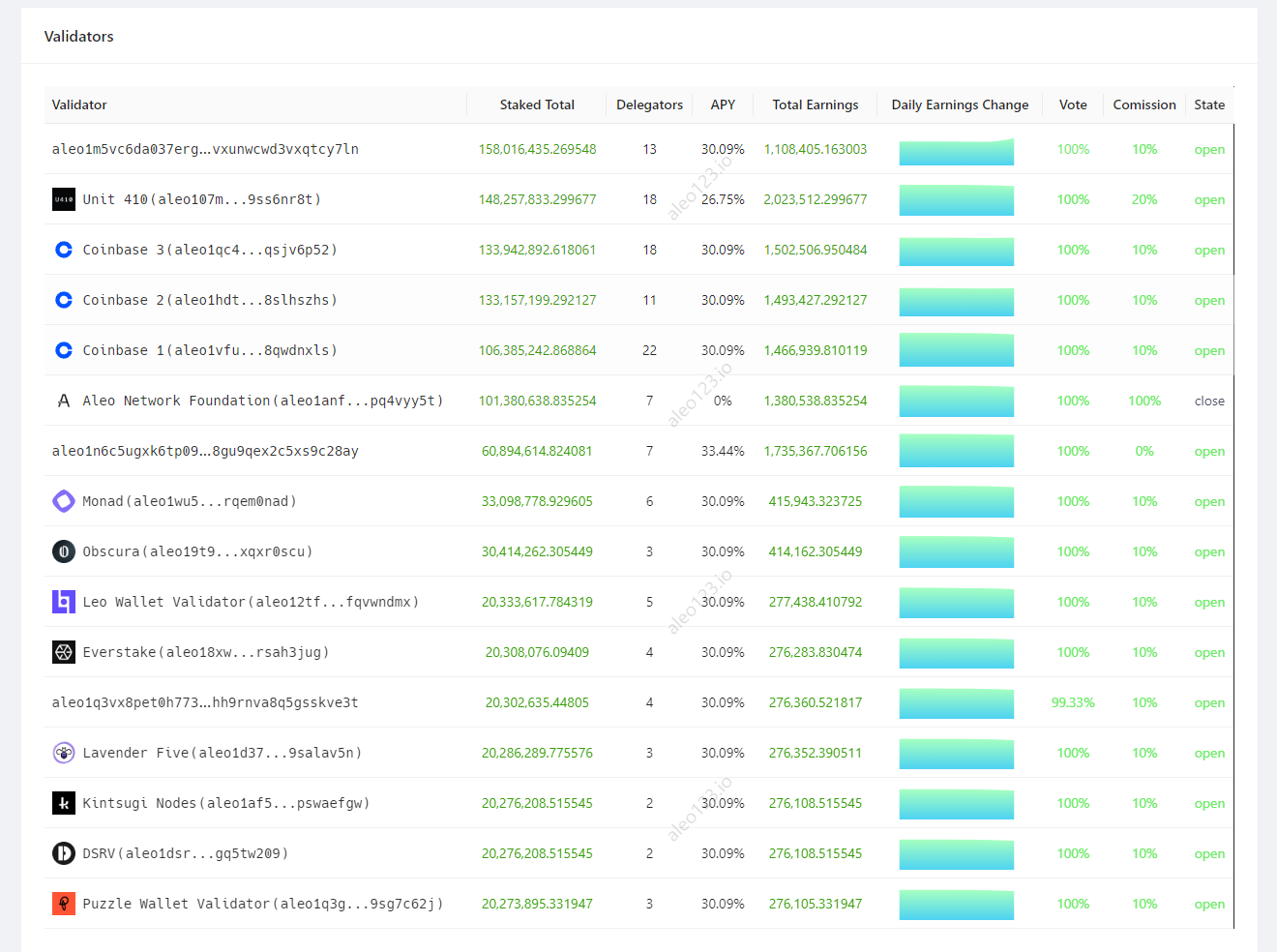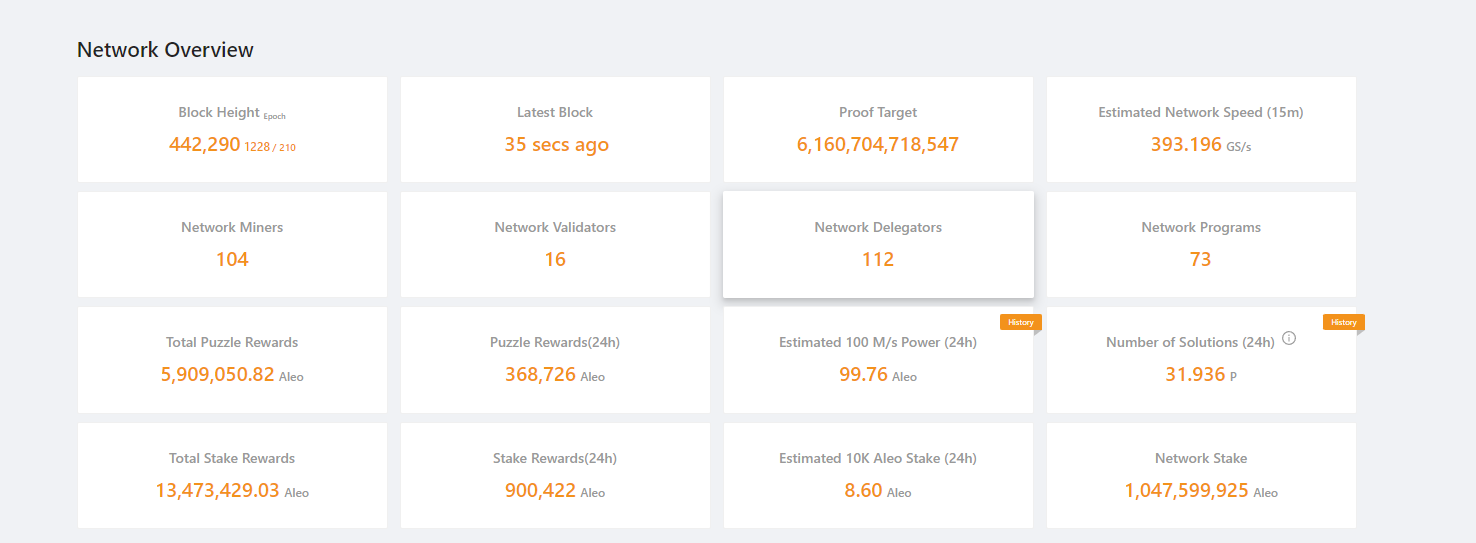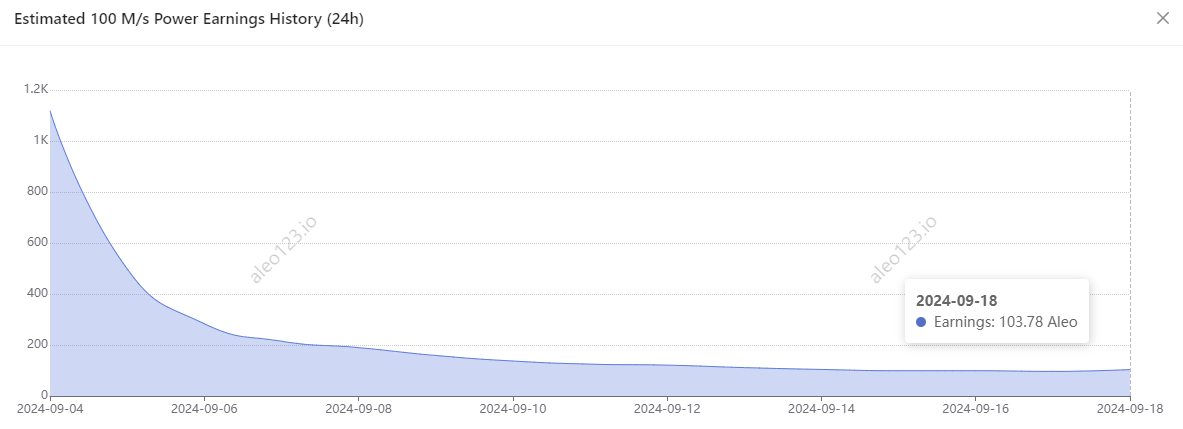Author: Frank, PANews
As a star project with a financing of over 200 million US dollars, Aleo's progress has always been highly anticipated. On September 18, 2024, Aleo's mainnet was officially launched, and the token economics were finally disclosed. However, after the mainnet went live, Aleo failed to gain community recognition and instead faced a lot of skepticism on social media, especially from miners. Many users on social media expressed that this was a case of a "king turning into a 'fallen king'".
Star Project with Full Buff
Established in 2019, Aleo proposed from the beginning to build a privacy-protecting, permissionless, and programmable platform. The main technologies officially introduced include succinct proof of work (PoSW), Leo language, AleoBFT, Varuna, and other content. These technical aspects mainly construct a Layer 1 blockchain network with privacy protection at its core, using zero-knowledge proof technology and combining POW, POS, and AleoBFT consensus mechanisms. From a comprehensive perspective of its technical features, Aleo appears to be more like a Layer 1 blockchain network that integrates the consensus mechanisms of Ethereum and Solana, while also being supported by zero-knowledge technology.
The background of Aleo's founding team members is also from the standard academic background, with key members coming from the University of California, Berkeley, and having previously worked at well-known Silicon Valley giants such as a16z, Coinbase, or Amazon. The star-studded team and innovative concept have made Aleo's financing smooth sailing. In 2021, it received a Series A financing of 28 million US dollars, and in 2022, it completed a Series B financing of 200 million US dollars, with a valuation reaching 14.5 billion US dollars. The lineup of investors also includes well-known institutions such as a16z, SoftBank, Kora, and Coinbase.
However, the development progress of the Aleo team seems to be somewhat sluggish. The final version of the testnet was not launched until May 2024, and it had already claimed to go live in 2023, with the mainnet release planned for January 2024 being delayed until September. During this process, Aleo missed out on the early rise bonus of this round of the bull market, causing early participants and miners waiting for rewards to suffer.
It can be said that whether from the team background, technical concept, or investor lineup, Aleo is fully equipped with Buff. If it were not for the slow speed of going live, it might have already joined the ranks of top-tier new public chains.

Since the official data platform of Aleo does not display specific wallet addresses and daily transaction information, the specific ecological activity of Aleo cannot be directly verified through data. The ecological development of Aleo can only be speculated through some other data.
The Puzzle wallet is the most called program on Aleo, with over 10,000 calls on September 19, achieving explosive growth. From the timeline, this may be due to Aleo's announcement on September 18 that tokens could be claimed through the Puzzle wallet. Before this, the program on Aleo was called no more than 100 times in a single day. According to Puzzle's official promotion, the wallet currently has over 30,000 users.

According to Aleo founder Alex Pruden's statement on social media celebrating the launch of the mainnet, "This achievement would not have been possible without the efforts of dozens of employees, hundreds of ambassadors, and thousands of community members." Based on the above data, the ecological activity of Aleo is not considered high. However, the number of ecological projects within Aleo is still considerable, with over 50 projects in the Aleo ecosystem to date.
Airdrop Lock-up, Price Plummet Deals Double Blow to Miners
Although the mainnet was slow to go live, Aleo's financing of over 200 million US dollars was still seen as a potential stock by various mining studios and miner groups. Well-known mining pools such as Bitmain and F2Pool had already launched mining services for Aleo test coins. Therefore, many miners also invested their computing power for pre-mining.
According to the official Aleo browser, the mainnet had already gone live on September 5, but the official announcement was not made. Some miners who sensed the business opportunity began to deploy mining operations. The tokens initially produced had an off-market price that once approached 9 US dollars, and the official announcement of the mainnet going live was not made until September 18. This operation also triggered a lot of suspicion within the community, with some believing that the official was pre-mining tokens during this time or leaving pre-mining time for VCs.
A miner who participated in early mining of Aleo told PANews that because they could not be sure whether the mined tokens would be recognized by the official, they did not dare to deploy too much computing power. However, there were already many off-market traders within the community buying Aleo tokens for around 9 US dollars in early September. Based on the calculation of 1.5 tokens produced per day by a 4090 machine, the daily income was approximately 13.5 US dollars, which would take about 158 days to recoup the investment in the graphics card. If the price of Aleo rose to 20 US dollars, the investment in the graphics card might be recovered within three months. Therefore, the expected returns of Aleo made many miners full of anticipation.
However, this situation took a dramatic turn after the official announcement of the token economics on September 16. According to Aleo, the initial supply of Aleo tokens reached 15 billion, and it would increase to 26 billion within ten years through mining activities. Based on the 9 US dollar price, Aleo's initial market value would reach 135 billion US dollars, which would mean that Aleo could become one of the top ten cryptocurrencies, surpassing long-established public chain tokens such as TRON and ADA.
For a project with only tens of thousands of addresses for its ecological users, this market value expectation was obviously too high. Therefore, Aleo's price experienced a sharp decline since the announcement of the token economics, continuously falling to 3.4 US dollars. As of September 20, Aleo's market value was approximately 50 billion US dollars, which also ranks it among the top 20 in terms of cryptocurrency market value.
However, the sudden price plunge resulted in a sharp reduction in miner income, and factoring in costs such as electricity and network, the breakeven period might be extended to ten years.
In addition, for early miners participating in the testnet, they would receive incentives from Aleo. According to the official introduction, 34% of Aleo tokens would be used for early supporter rewards. However, this reward was not immediately liquid, as the official policy stated that both US and non-US users would have a one-year lock-up period for the reward. For early miners eager to recoup their costs, this news meant silently enduring another betrayal from the official.
Interestingly, Aleo, with the vision of building a privacy-first blockchain, stated during the token claim process that all users needed to complete KYC and required users applying for the airdrop to upload identification documents, proof of address, and a selfie. This requirement also sparked strong dissatisfaction within the community.
Return on Investment First? Community Continuously Questions
According to the latest information from Aleo, becoming a mainnet validator requires at least 10 million Aleo tokens, a capital scale and token amount that is almost impossible for most ordinary users to achieve (there may not be so many circulating tokens in the early market). Some users noticed that when the Aleo mainnet went live, there were already 16 validators running, most of which were early investors.
Although the tokens of investors are also subject to a one-year lock-up, they can directly convert the locked tokens into staking tokens for validators. At the same time, the daily reward tokens for staking do not have a lock-up period and can be circulated at any time.
As of September 20, the data shows that the most validators have received over 1.1 million Aleo tokens, and the least validators have received over 270,000 tokens. Among the validators, the majority are related to investors or project-related institutions such as Coinbase, unit410, and the Aleo Foundation.


Many community users believe that the project's actions prioritize returning capital first and then letting retail investors take over the tokens that have been mined. Meanwhile, self-funded miners have to consider the breakeven period for costs such as electricity and equipment.
Looking at the changes in mining income, before the token economics were announced, Aleo's mining difficulty was exponentially increasing. However, after the announcement of the token economics, perhaps due to many miners exiting, the mining difficulty began to decrease.

On social media, the evaluation of Aleo has shifted from recommendation to skepticism. Twitter user @alexlizeros stated, "From the 'fallen king' level project ALEO, we can see that sometimes a big project does not bring profits, but instead brings even greater losses!" After KOL @Supervellear posted a tweet questioning Aleo, they were blocked by Aleo founder Alex Pruden on social media. @alexlizeros listed doubts about Aleo regarding the mainnet delay, airdrop lock-up, and excessive market valuation in the tweet, and concluded, "When you don't know where the liquidity comes from, you are the liquidity."
As of now, the official response from Aleo to the community's many doubts has not been provided. However, based on the current social media sentiment and token performance, Aleo may need to provide a more reasonable explanation and demonstrate more practical sincerity in order to regain market confidence.
免责声明:本文章仅代表作者个人观点,不代表本平台的立场和观点。本文章仅供信息分享,不构成对任何人的任何投资建议。用户与作者之间的任何争议,与本平台无关。如网页中刊载的文章或图片涉及侵权,请提供相关的权利证明和身份证明发送邮件到support@aicoin.com,本平台相关工作人员将会进行核查。




